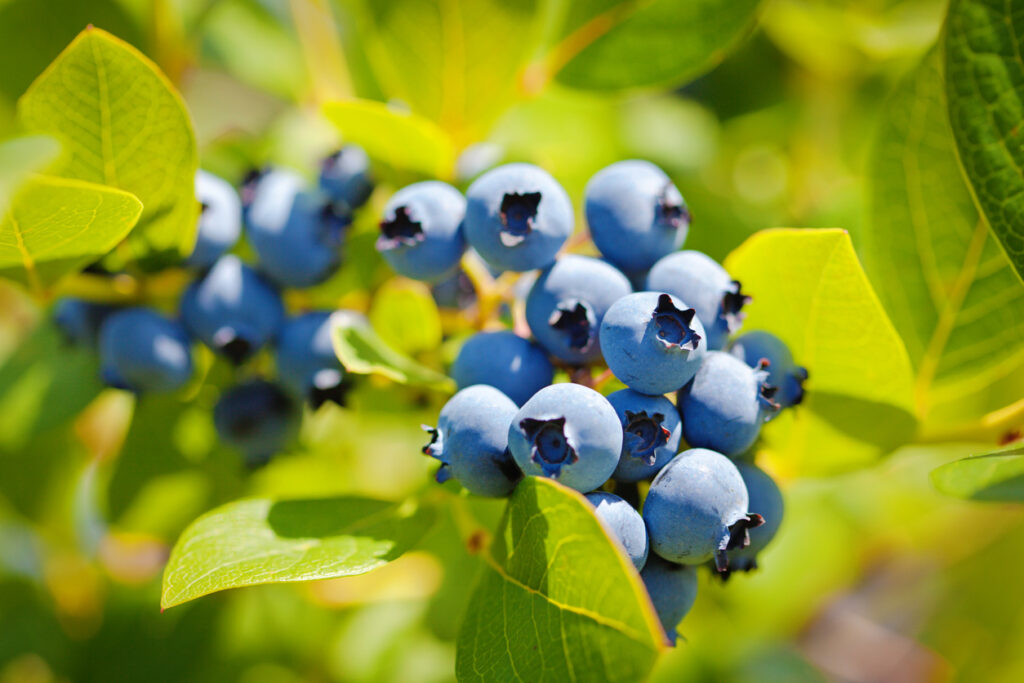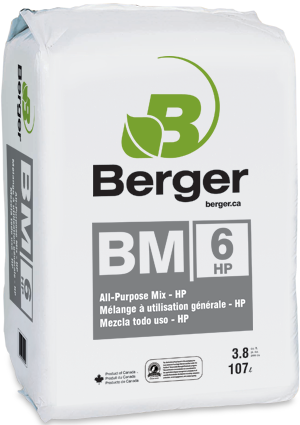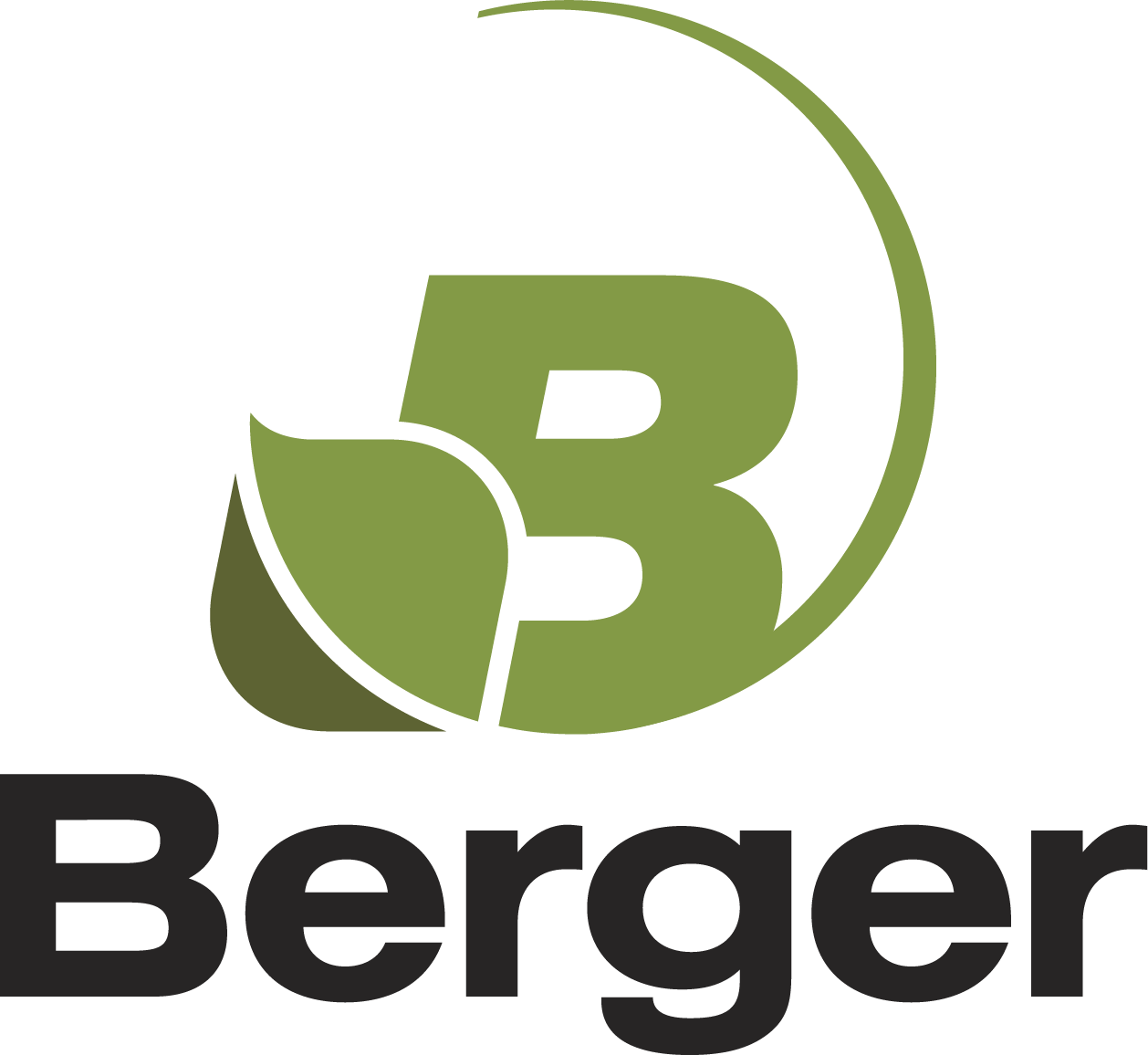Optimizing Substrates for Modern Blueberry Production
Blueberries have been part of the natural landscape for centuries, though their exact origins remain unclear. What’s known is that these hardy shrubs belong to the Ericaceae family. Within the Vaccinium genus, made up of about 30 species, only a few are grown commercially. Among them, the highbush blueberry (Vaccinium corymbosum) has become the most prominent, prized for its sweet flavor, nutritional value, and well-known health benefits.
As consumer demand continues to grow, cultivated acreage has expanded, prompting growers to adopt a range of production methods from traditional in-soil growing to modern hydroponic systems. Selecting the right substrate is critical for healthy root development, moisture management, and overall crop success. This article explores key characteristics to consider when choosing substrates for professional blueberry production and highlights some of the most effective blends used today.
Ideal Substrate Characteristics for Blueberries
The best substrate for producing blueberries (Vaccinium spp.) should closely mimic their natural habitat. It should be:
- Acidic
- Well-drained
- Aerated
- Moisture-retentive
- Low in salts
- Containing well-decomposed organic matter, if added
In recent years, growers have been looking for functional mixes suitable for both propagation and production. Several combinations of raw materials have been tested, and among the most common substrate blends used for container or pot blueberry production are:
1. Peat + Horticultural Perlite
Characteristics:
- Very popular due to its naturally acidic pH.
- Provides good drainage and water retention.
2. Peat + Composted Pine Bark
Characteristics:
- The bark adds structure and improves aeration.
- Ideal for humid climates or heavy soils.
3. Coconut Fiber + Peat + Perlite
Characteristics:
- More sustainable than using peat alone.
- Ensure the coconut fiber is washed (low in salts).
4. Homemade Blueberry Mix (optional)
Recipe:
- Peat + 20% washed river sand + 20% composted leaves or pine needles + 20% perlite

Important Tips for Using Substrates in Blueberry Production
Avoid substrates containing:
- Agricultural lime or alkaline components (they raise pH)
- Poorly decomposed compost
- Fresh manure (too saline)
- Regular garden soil (high pH, poor aeration)
Additional Recommendations:
- Monitor pH regularly: If it rises too much, acidify the substrate with elemental sulfur.
- Irrigate with low-alkalinity water: Hard water will gradually increase substrate pH.
- Fertilization: Use fertilizers formulated specifically for blueberries or other acid-loving plants.
Commercial Mixes and Market Trends
Among the most widely used commercial blends, combinations of peat + coconut fiber + perlite have been common. However, new market trends have introduced wood fiber as a sustainable component, offering promising results in blueberry substrates.
Berger mixes are produced using raw materials that meet strict quality standards, offering several formulations tailored to different production stages each designed to deliver optimal results in professional growing systems.
Berger Mixes for Blueberry Production

BM6 All-Purpose HP
(Ask your sales representative for the Low pH version)
Provides an ideal balance of drainage and moisture retention for healthy root development.

BM6 All-Purpose – Super HP
(Ask your sales representative for the Low pH version)
Offers an optimal environment for root growth with long blonde fibers that help maintain the mix’s physical properties throughout the production cycle.

BM5 Natural Fiber & Aggregate – Wood Super HP
(Ask your sales representative for the Low pH version)
Incorporates wood fiber as a key component, making it an excellent choice for blueberry production by providing the ideal environment for the crop’s development.
Ready to boost your berry harvest?
Explore our growing media products and see how they can help your crops thrive


